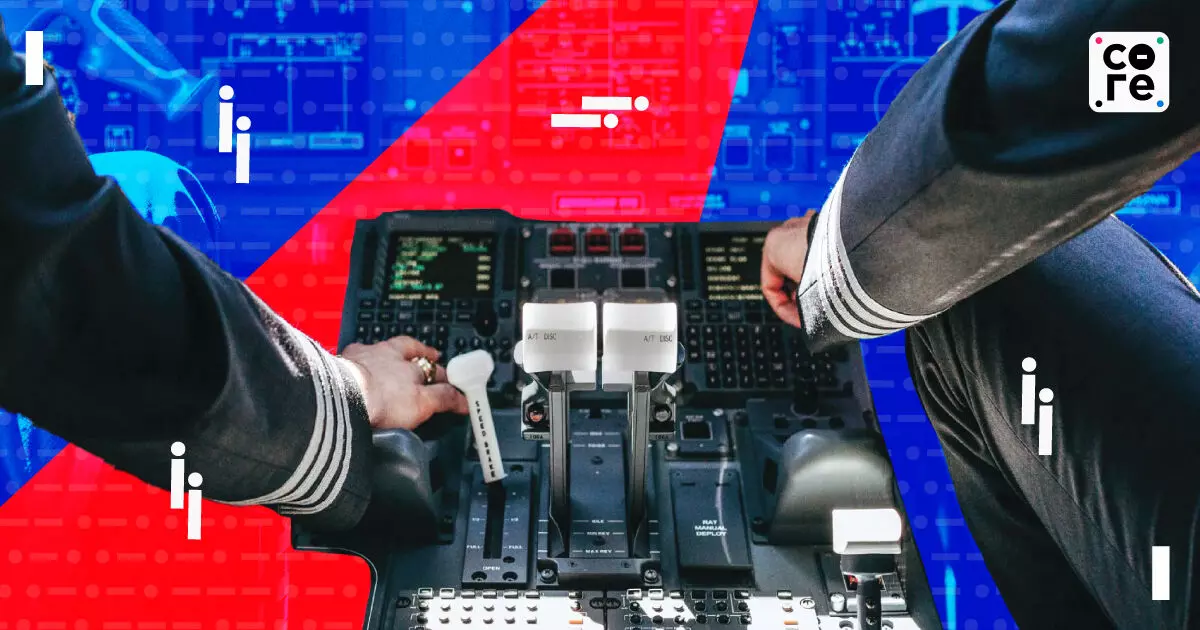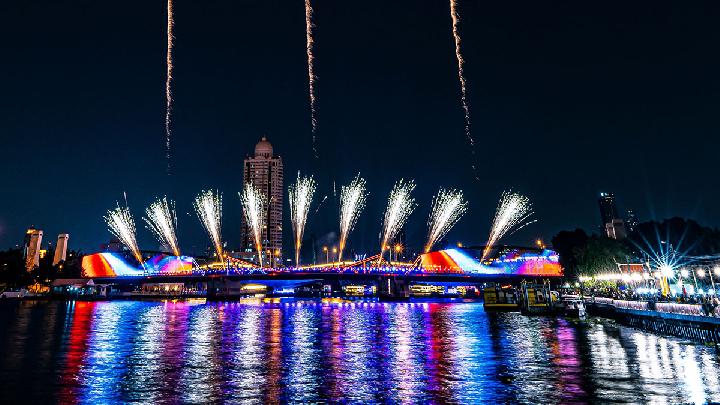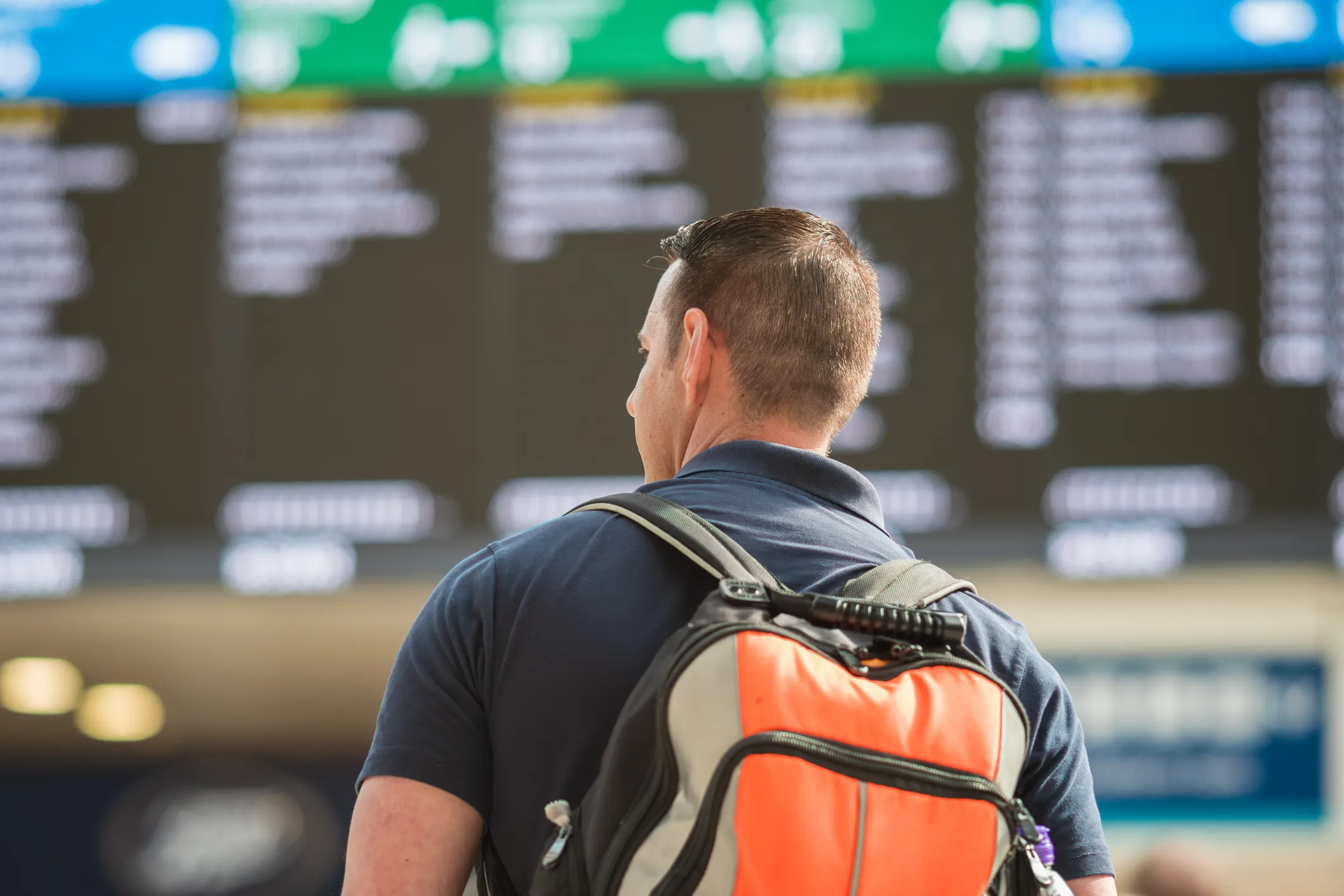Copyright thecore

For years, flight crews have spoken — often quietly — about back-to-back schedules, red-eye landings, and the toll from jet lag. Fatigue management has been an uneasy balance between operational demands and safety obligations, with pilots warning that exhaustion in the cockpit is not just about tired eyes — it’s about alertness, judgment, and the margin for error at 35,000 feet.Now, a fresh policy change threatens to tip that balance further. On October 26, India’s aviation regulator, the Directorate General of Civil Aviation (DGCA), announced a small change that pilots say can have big consequences. Pilots may now have to be on duty an hour longer than before. Effective November 1, the Flight Duty Time Limitation (FDTL) will increase from 13 hours to 14 hours, and the Flight Duty Period (FDP) will go up from 10 hours to 10 hours and 30 minutes. The FDTL sets the maximum total time a pilot can be on duty in a day, while the FDP refers to the span of time between when a pilot reports for work until the time they park the aircraft after their final flight for the day. The decision has raised alarm bells. The All India Pilots Association (ALPA India) has urged the DGCA to withdraw the flight duty time extension, calling it a direct threat to flight safety. “Even 10 hours was already a lot. We have operated those flights — by the time you are approaching, say, London, your eyes are burning. We are very clear — this change directly impacts safety,” Sam Thomas, president of ALPA India, told The Core. According to reports, the appeal was initially made in connection with two-pilot Boeing 787 Dreamliner operations typically on long-haul routes such as Delhi–London, Mumbai–Paris, Bengaluru–Frankfurt, which often stretch close to the existing duty limits. But the DGCA confirmed the new rule applies across the board. “The rule is not specific to any aircraft; it's all aircraft. FDTL is for the whole operation,” Faiz Ahmed Kidwai, director general of DGCA told The Core. FDTL and FDP explained In aviation, fatigue isn’t just about feeling sleepy — it can cloud judgment, slow reaction times, and erode situational awareness. To prevent that, regulators worldwide set maximum limits on how long crew members can work and minimum rest periods between flights. In India, those limits are governed by the DGCA. Europe’s EASA and America’s FAA have similar frameworks, tweaked to their local operations. FDTL covers more than just time in the air — it includes everything from pre-flight briefings and aircraft checks to post-landing paperwork. Within that, Flight Duty Period (FDP) specifically refers to the total time a pilot is on duty: from the moment they report for work to the moment the engines are shut down after the last flight. So if a pilot reports at 6 am and finishes duties by 2 pm, their FDP is eight hours. It does not include travel to or from the airport, just the professional duty window. The DGCA’s earlier framework capped actual flight time — the hours a pilot is physically flying — at 8 hours within 24 hours, 35 hours in a week, 125 hours in a month, and 1,000 hours in a year. The flight duty period — which includes pre- and post-flight duties — can go up to 10 hours (soon increasing to 10 hours 30 minutes), while the broader flight duty time limitation allows up to 13 hours, soon extending to 14 hours. Why 30 Minutes Matter Pilot fatigue has long been recognised as one of aviation’s biggest safety concerns. Numerous studies equate the cognitive effects of fatigue to alcohol intoxication. In a 2022 survey of 542 Indian airline pilots, 74 % of respondents identified morning departures and extended duty hours as major contributors to fatigue; 66 % admitted they had dozed off during shifts or flights, and 31 % said they had experienced a “close call” due to fatigue-related issues. “Think of it this way — that last 30 minutes comes at the most critical phase of flight: approach and landing. That’s when you need to be most alert. You have already flown 10 hours, and now you are dealing with complex weather or busy traffic. Sure, you can rely on autopilot most days, but what happens when something goes wrong? Are you really prepared for that level of fatigue? Even three extra minutes can be too many,” Thomas explained. Those final moments before touchdown — juggling weather updates, air traffic instructions, and fuel calculations — are tedious and require pilots to be alert. “It’s not a picnic up there. Yet people casually say, ‘Oh, it’s just half an hour more.’ Both the ones who ask for it and the ones who approve it have no real understanding of what that means in the cockpit. And that’s exactly where the problem lies,” he added. What is the validation behind this rule change? asks Manish Sinha, aviation expert. “If there is data to support it, why introduce it now — at a time when the industry is already dealing with so many other challenges?” In January 2024, two pilot unions — the Indian ...



